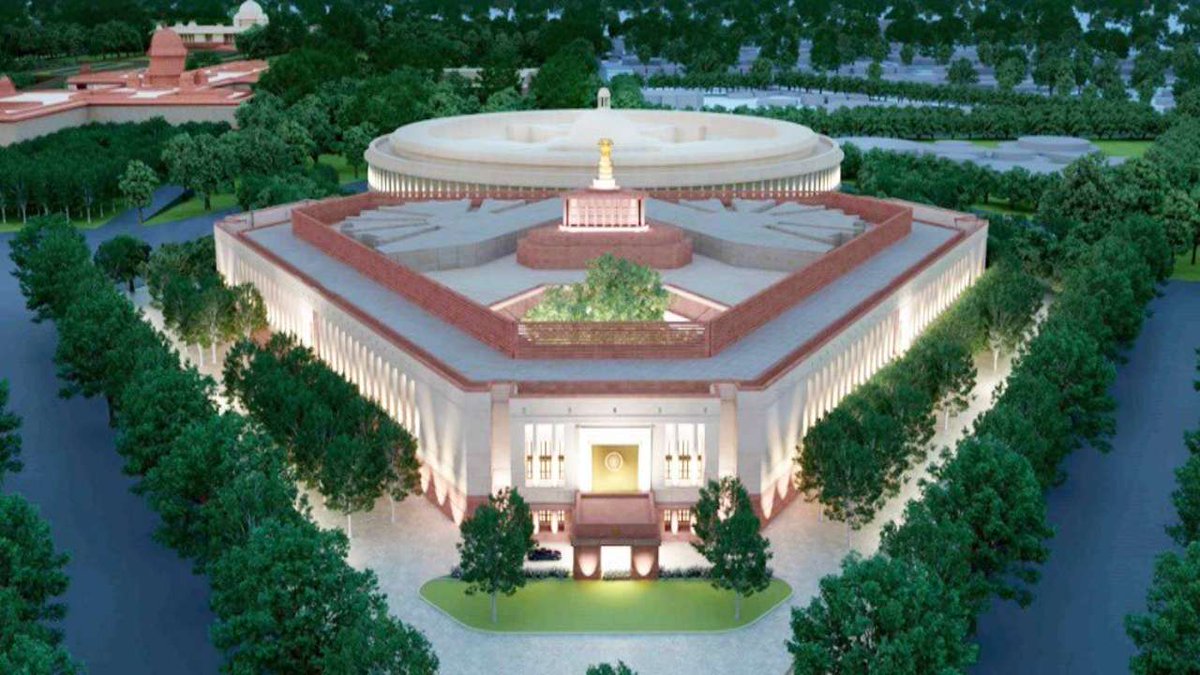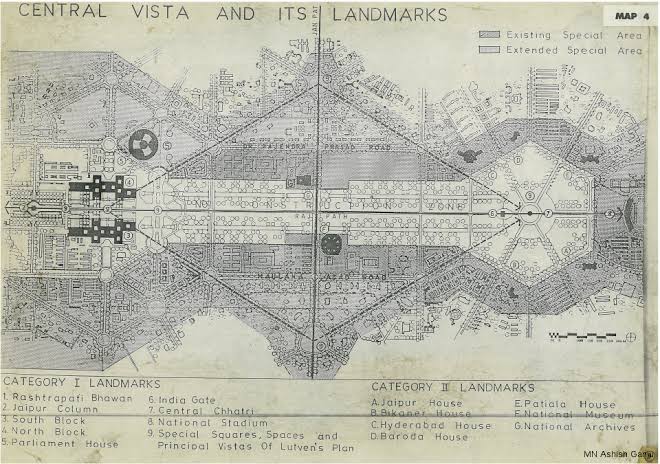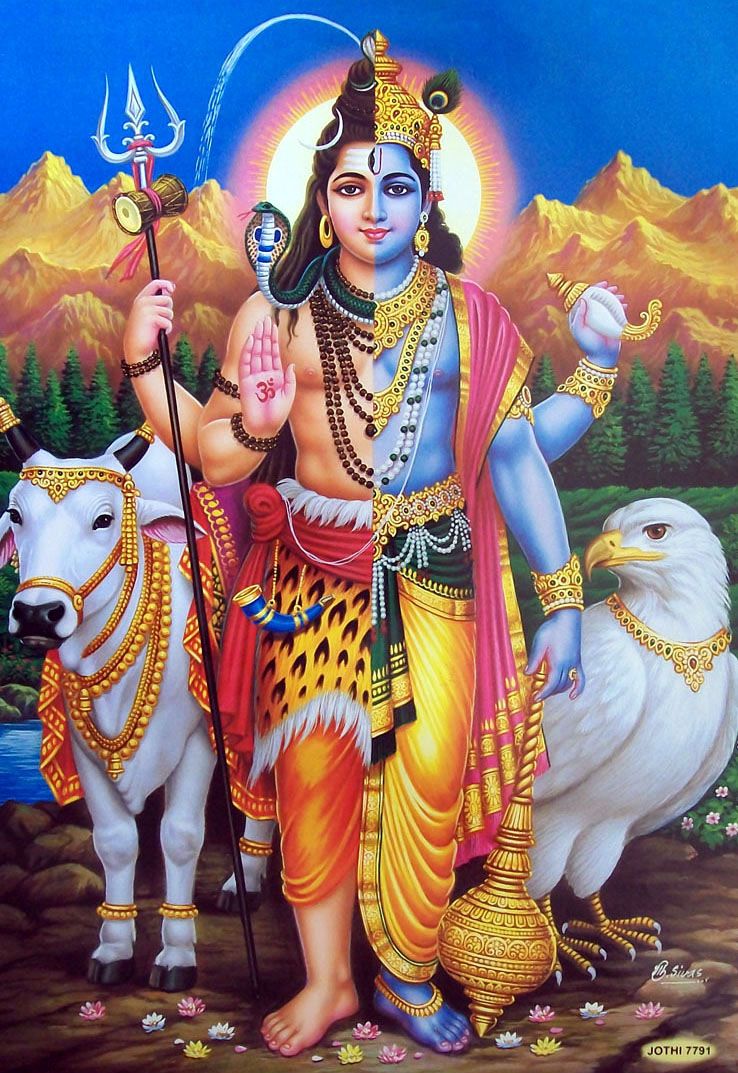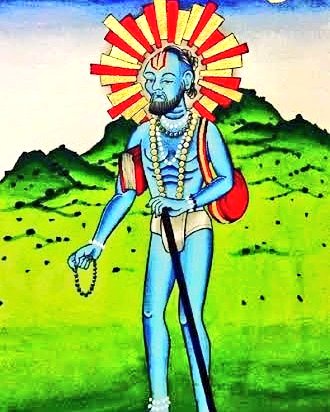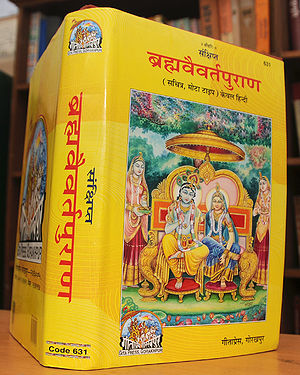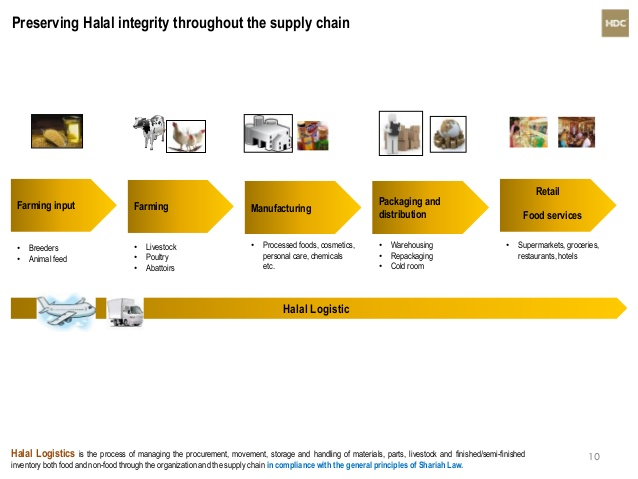Guru Sitaram Goel explains away the mindset & psyche of the "beef eating Hindu" types in his own unique & distinctive style in his book "Hindu Society Under Siege". No one puts it across with such piercing clarity as guru SRG does. I'll just quote him in the next few tweets (1)
Hinos will side with cow murdering barbarians just to spite the traditional Hindu. What lowlives!
https://t.co/YwwuxKcHQl
... He also cannot help being indulgent towards those who are hostile to the traditional Hindu and who heap contempt and ridicule on him, no matter to what community or faith they belong, though he may not share their own variety of religious or ideological fanaticism." (7)
— Ugra (@_ugra_) January 3, 2021
More from Ugra

Before we proceed any further, I'd like you to have a look at the below THREAD on the ancient Hindu system of measurement. A lot of terminologies from there will be used here too. Get yourself acquainted with the different units of Hindu measurement
THREAD on ancient Hindu system of measurement(\u092e\u093e\u0928\u093e\u092a\u0915\u0930\u0923\u0935\u093f\u0927\u093e\u0928\u092e\u094d)
— Ugra (@_ugra_) December 23, 2020
The Shilpa shastras give much insight into how dimensions such as length,width,height etc were measured. It is using this system that the smallest of murthis to the biggest of buildings were planned & constructed (1) pic.twitter.com/SWEHym3KWj
The ancient Temple builders i.e. the Sthapatis, have consulted various Shastras in order to execute all their wondrous workmanship. The Shastras are many, yet there is much commonality than differences in them. (3)
This vast ocean of knowledge revealed by the Devas to the ancient Rishis has resulted in the various different styles of Temple building, image making, rock sculpturing etc (4)
Some of the important Shastras consulted by the Sthapatis:
1) Vishnudharmotthara purana
2) Agni Purana
3) Matsya Purana
4) Brihat Samhita
Above texts contain a vast ocean of info on Temple building. Ancient Temples of Northern Bharat were built according to this tradition (5)
More from Religion
You May Also Like
Like company moats, your personal moat should be a competitive advantage that is not only durable—it should also compound over time.
Characteristics of a personal moat below:
I'm increasingly interested in the idea of "personal moats" in the context of careers.
— Erik Torenberg (@eriktorenberg) November 22, 2018
Moats should be:
- Hard to learn and hard to do (but perhaps easier for you)
- Skills that are rare and valuable
- Legible
- Compounding over time
- Unique to your own talents & interests https://t.co/bB3k1YcH5b
2/ Like a company moat, you want to build career capital while you sleep.
As Andrew Chen noted:
People talk about \u201cpassive income\u201d a lot but not about \u201cpassive social capital\u201d or \u201cpassive networking\u201d or \u201cpassive knowledge gaining\u201d but that\u2019s what you can architect if you have a thing and it grows over time without intensive constant effort to sustain it
— Andrew Chen (@andrewchen) November 22, 2018
3/ You don’t want to build a competitive advantage that is fleeting or that will get commoditized
Things that might get commoditized over time (some longer than
Things that look like moats but likely aren\u2019t or may fade:
— Erik Torenberg (@eriktorenberg) November 22, 2018
- Proprietary networks
- Being something other than one of the best at any tournament style-game
- Many "awards"
- Twitter followers or general reach without "respect"
- Anything that depends on information asymmetry https://t.co/abjxesVIh9
4/ Before the arrival of recorded music, what used to be scarce was the actual music itself — required an in-person artist.
After recorded music, the music itself became abundant and what became scarce was curation, distribution, and self space.
5/ Similarly, in careers, what used to be (more) scarce were things like ideas, money, and exclusive relationships.
In the internet economy, what has become scarce are things like specific knowledge, rare & valuable skills, and great reputations.


